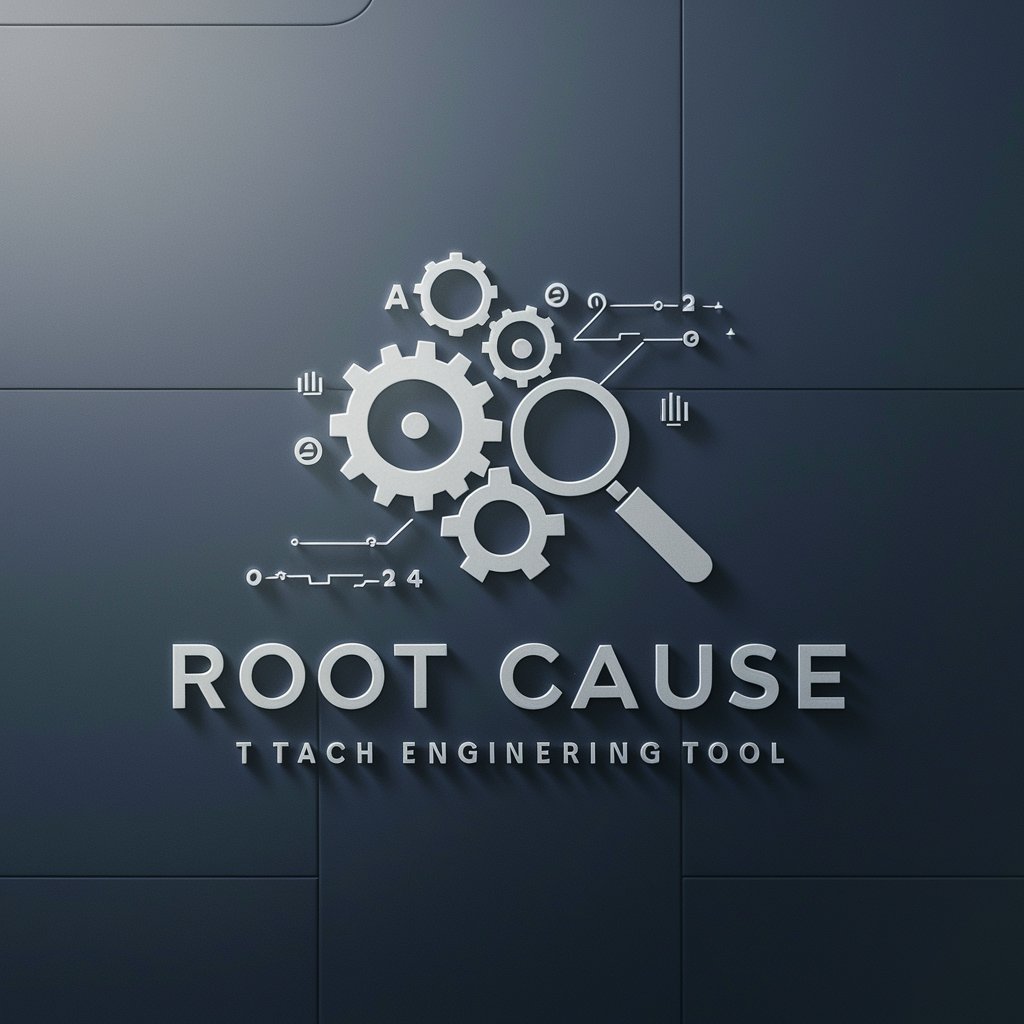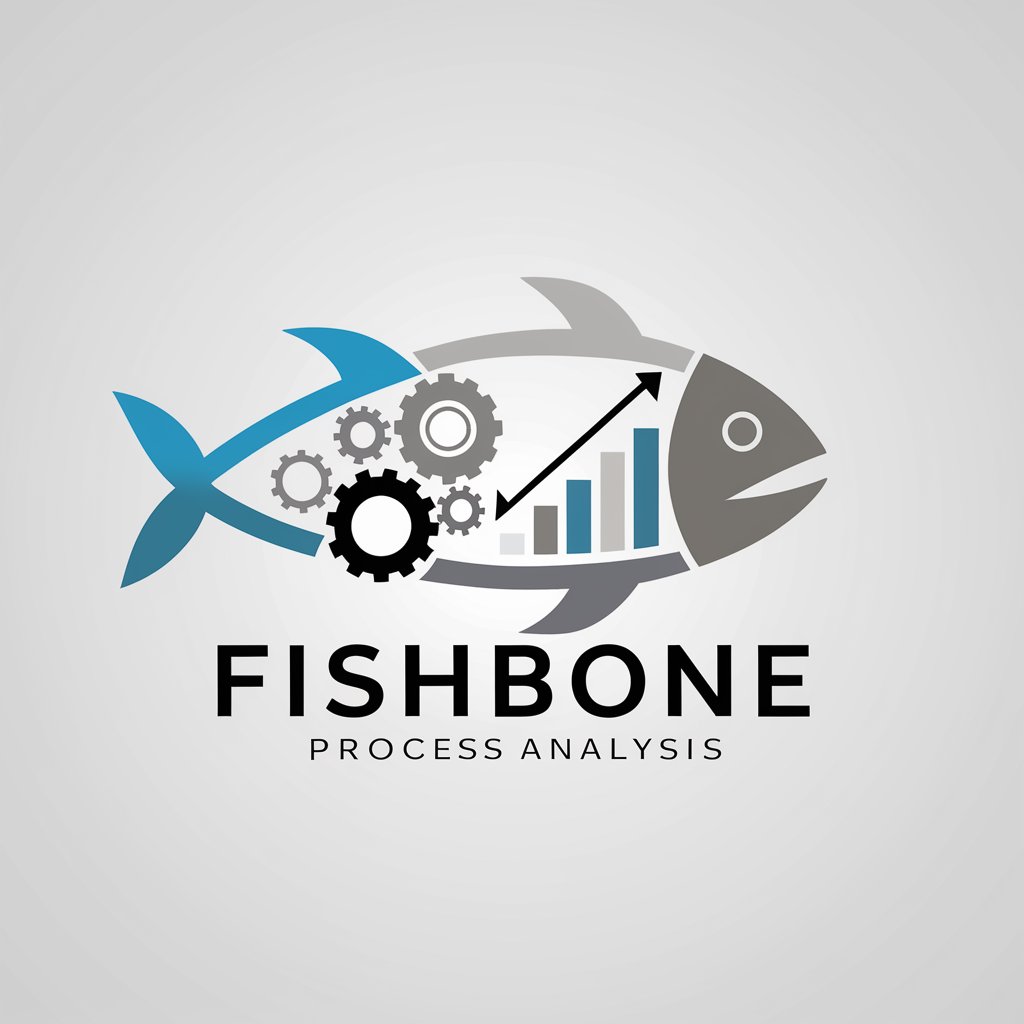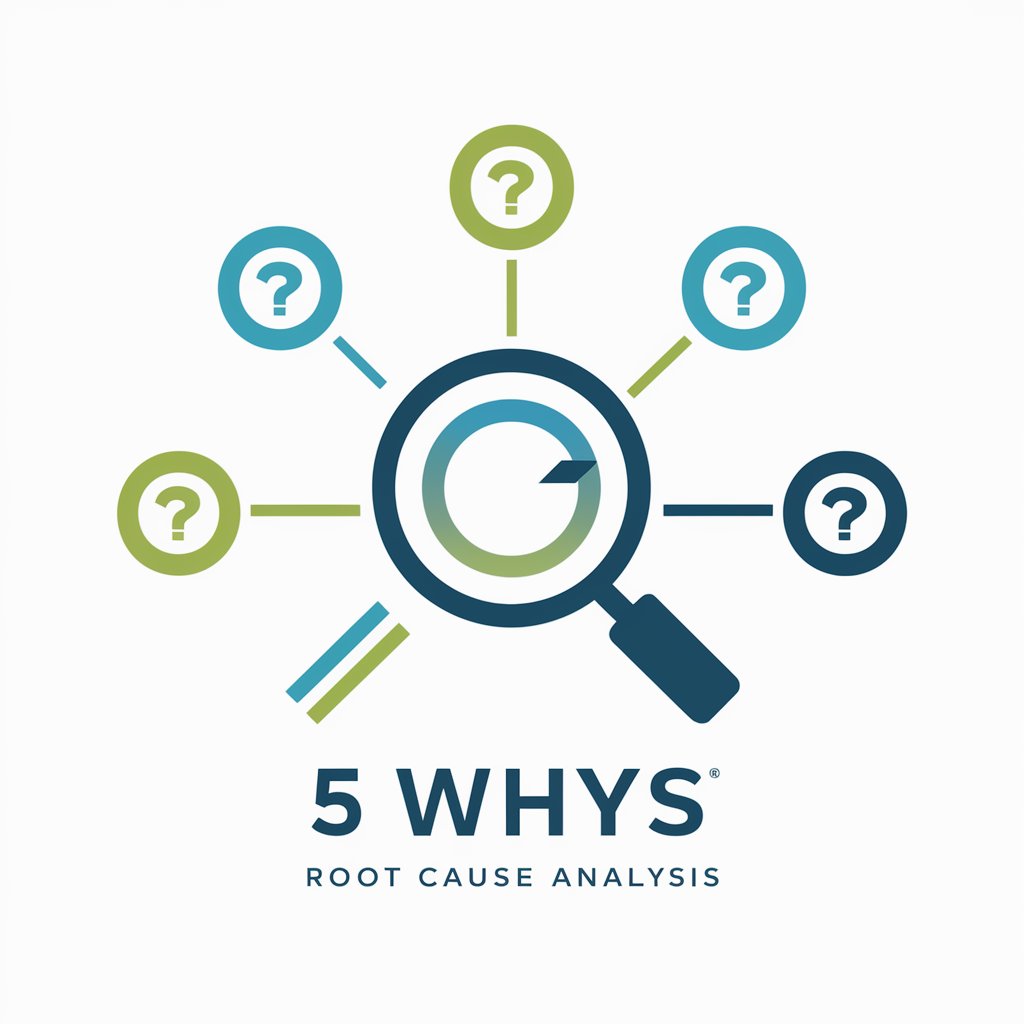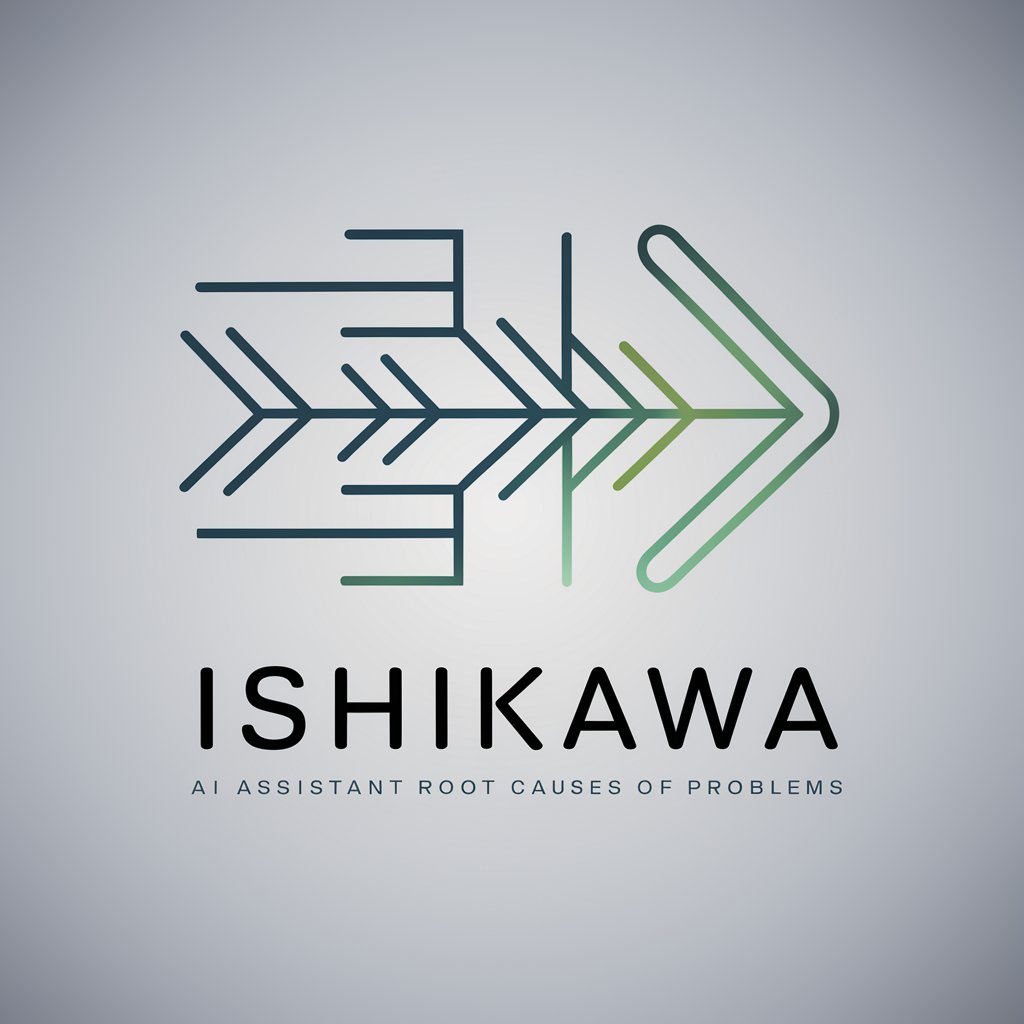
Ishikawa Fishbone solution - AI-Powered Root Cause Analysis
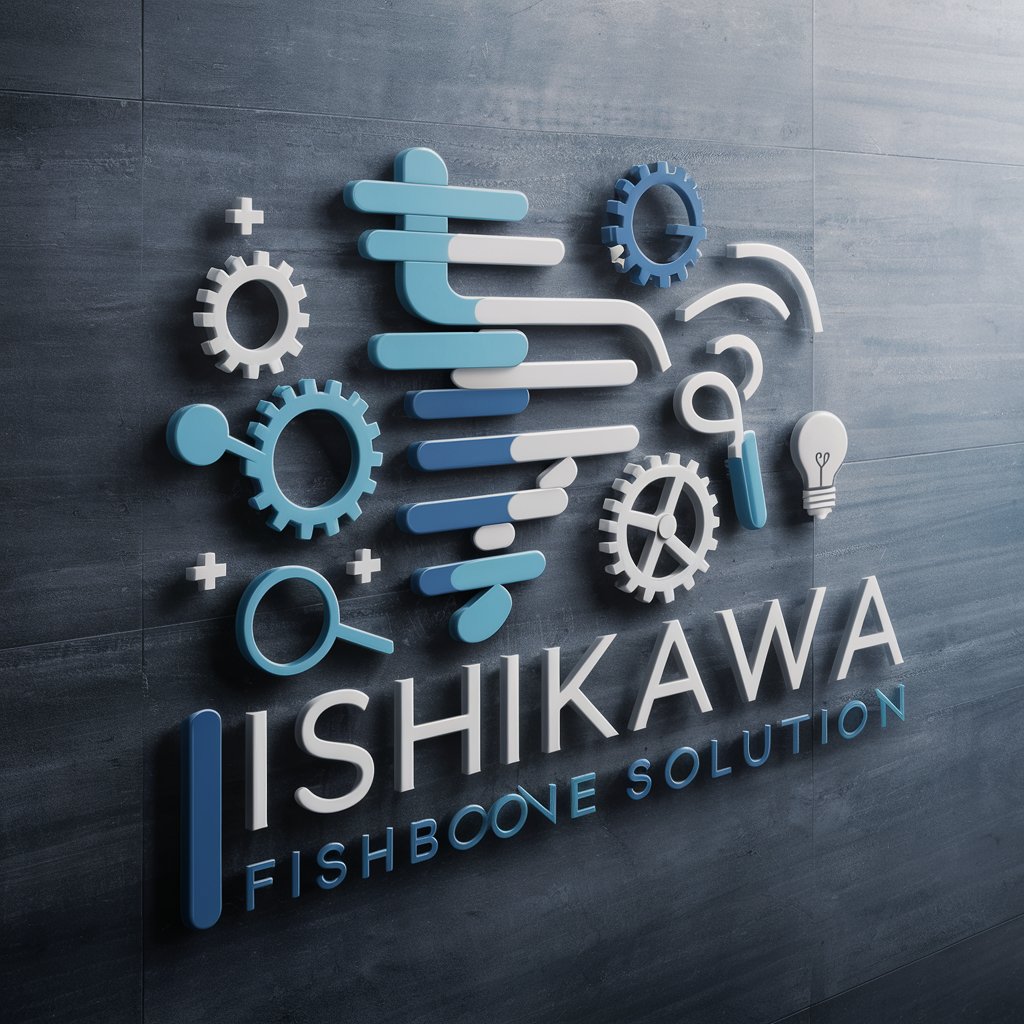
Welcome! Let's dive into quality improvement together.
Uncover root causes with AI precision.
Identify potential causes of low employee morale in the workplace.
Analyze the root causes of frequent product defects in manufacturing.
Explore factors contributing to delays in project completion.
Investigate reasons for high customer churn rates in a service-based business.
Get Embed Code
Introduction to Ishikawa Fishbone Solution
The Ishikawa Fishbone Solution, named after its inventor Kaoru Ishikawa, is a diagnostic tool designed to identify and illustrate the root causes of a specific problem or quality defect within a process. It visually maps out the cause-and-effect relationships that contribute to the problem, using a diagram that resembles a fish's skeleton. This tool is pivotal in quality improvement initiatives as it helps teams systematically explore and pinpoint potential factors leading to a problem, categorizing them into major categories such as Methods, Machinery, People, Materials, Measurement, and Environment. For example, in manufacturing, an Ishikawa diagram could be used to dissect the reasons behind product defects, categorizing potential causes like machine calibration errors (Machinery), inconsistent raw material quality (Materials), or inadequate training (People). This comprehensive approach ensures a thorough analysis, encouraging teams to look beyond the obvious symptoms and address the underlying issues. Powered by ChatGPT-4o。

Main Functions of Ishikawa Fishbone Solution
Root Cause Analysis
Example
Identifying reasons for a drop in software product quality
Scenario
A software development team uses the Ishikawa diagram to explore factors leading to an increase in post-release bugs. They categorize potential causes under Code Review Practices (Methods), Testing Tools (Machinery), Developer Skills (People), Specifications Clarity (Materials), Bug Tracking Efficiency (Measurement), and Workspace Setup (Environment).
Process Improvement
Example
Enhancing customer service quality
Scenario
A customer service department applies the Ishikawa diagram to analyze low customer satisfaction scores. Causes are categorized into Training Programs (People), Service Protocols (Methods), Customer Relationship Management System (Machinery), Feedback Collection Mechanism (Measurement), and Physical Environment (Environment), leading to targeted improvements.
Quality Management
Example
Improving hospital patient care
Scenario
A hospital uses the Ishikawa diagram to address complaints about patient care. They explore factors such as Staff Training (People), Medical Equipment (Machinery), Treatment Protocols (Methods), Patient Records Management (Materials), Patient Satisfaction Surveys (Measurement), and Hospital Infrastructure (Environment), identifying specific areas for improvement.
Ideal Users of Ishikawa Fishbone Solution Services
Quality Improvement Teams
Teams dedicated to enhancing product or service quality across industries, such as manufacturing, healthcare, and IT, can leverage Ishikawa diagrams to identify, analyze, and address quality defects systematically.
Project Managers
Project managers across various sectors use Ishikawa diagrams to preemptively identify potential project risks and challenges, ensuring smoother project execution and delivery.
Educators and Students
In academic settings, educators and students use Ishikawa diagrams as a teaching and learning tool for problem-solving and critical thinking, especially in engineering and business courses.

How to Use Ishikawa Fishbone Solution
Begin Your Journey
Initiate your experience by visiting yeschat.ai for an obligation-free trial, bypassing the need for account creation or ChatGPT Plus subscription.
Identify the Problem
Clearly define the problem you wish to analyze. A well-stated problem sets the stage for an effective Ishikawa diagram construction.
Select a Category
Choose the relevant categories (such as Methods, Machinery, People) that might influence the problem. This step is crucial for a structured analysis.
Drill Down Causes
For each category, brainstorm potential causes of the problem. Dig deeper into sub-causes to uncover the root causes. The more detailed, the better.
Analyze and Act
Use the completed Ishikawa diagram to identify areas for improvement or intervention. Develop and implement strategies to address the root causes.
Try other advanced and practical GPTs
Reverse Engineering Success
Decoding success with AI-powered insights
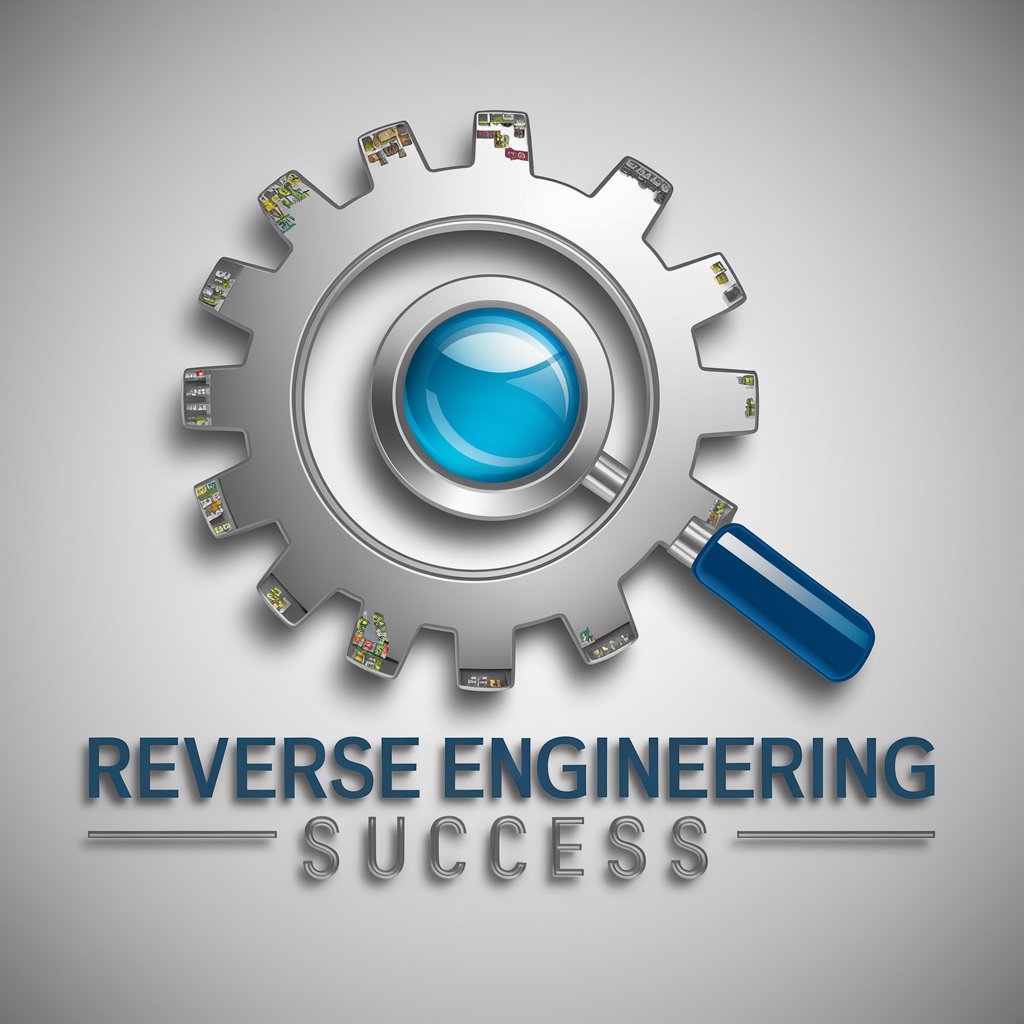
Subject Matter Expert
AI-Powered Expertise on Demand
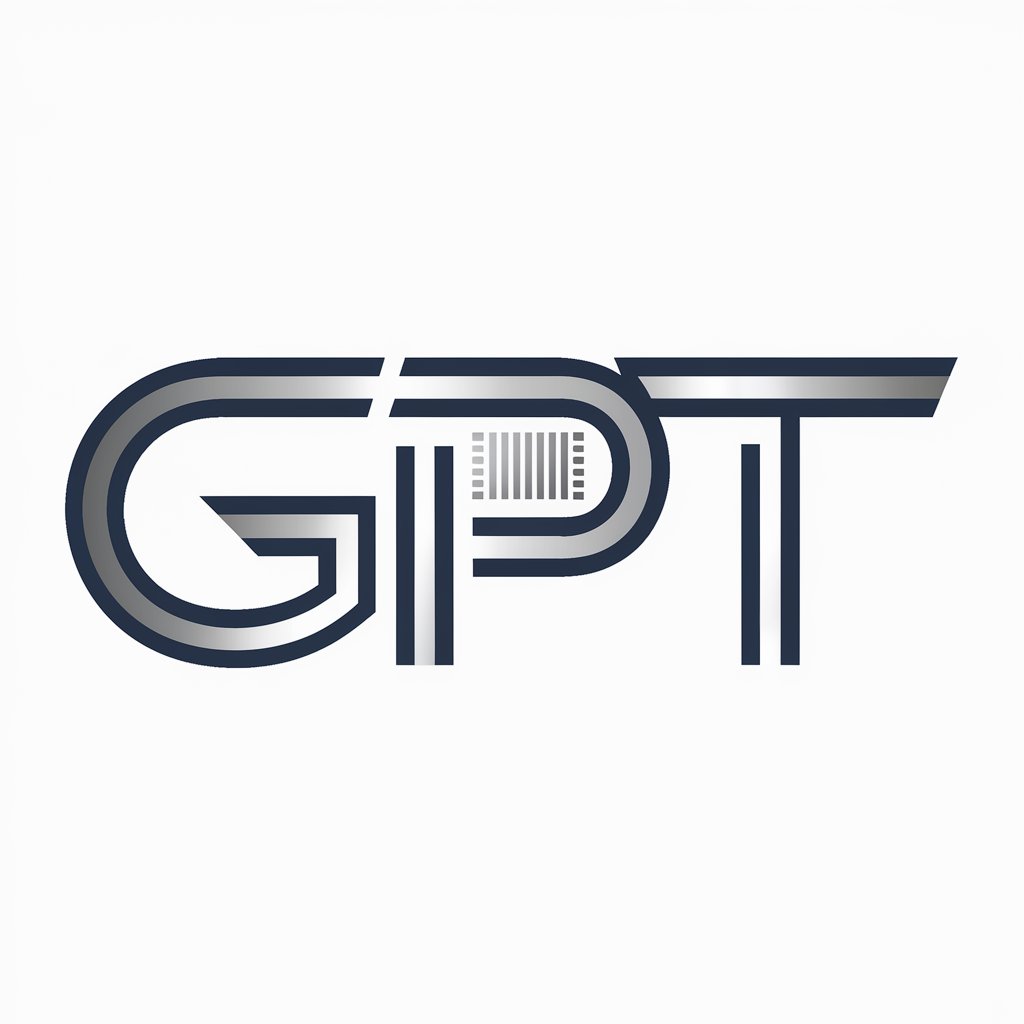
E-book Writer
Craft Your E-book Seamlessly with AI

80/20 Learning Technique
Master key concepts faster with AI

Prompt for a Profession
Boost Your Professional Efficiency with AI
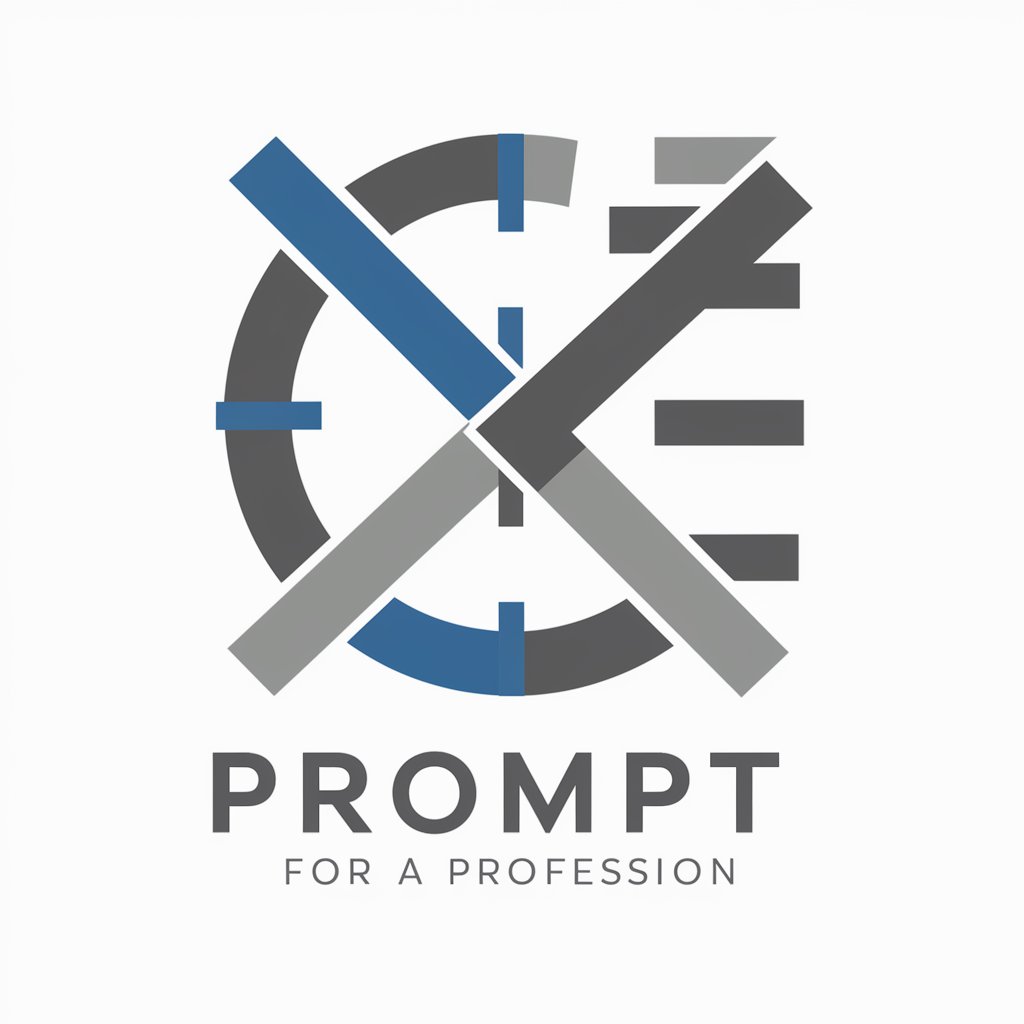
BrawlerAI
Elevate Your Game with AI-Powered Insights

Industry Expert
Empowering Decisions with AI-Powered Insights

TRIZ Problem Solver
Innovate effortlessly with AI-powered TRIZ
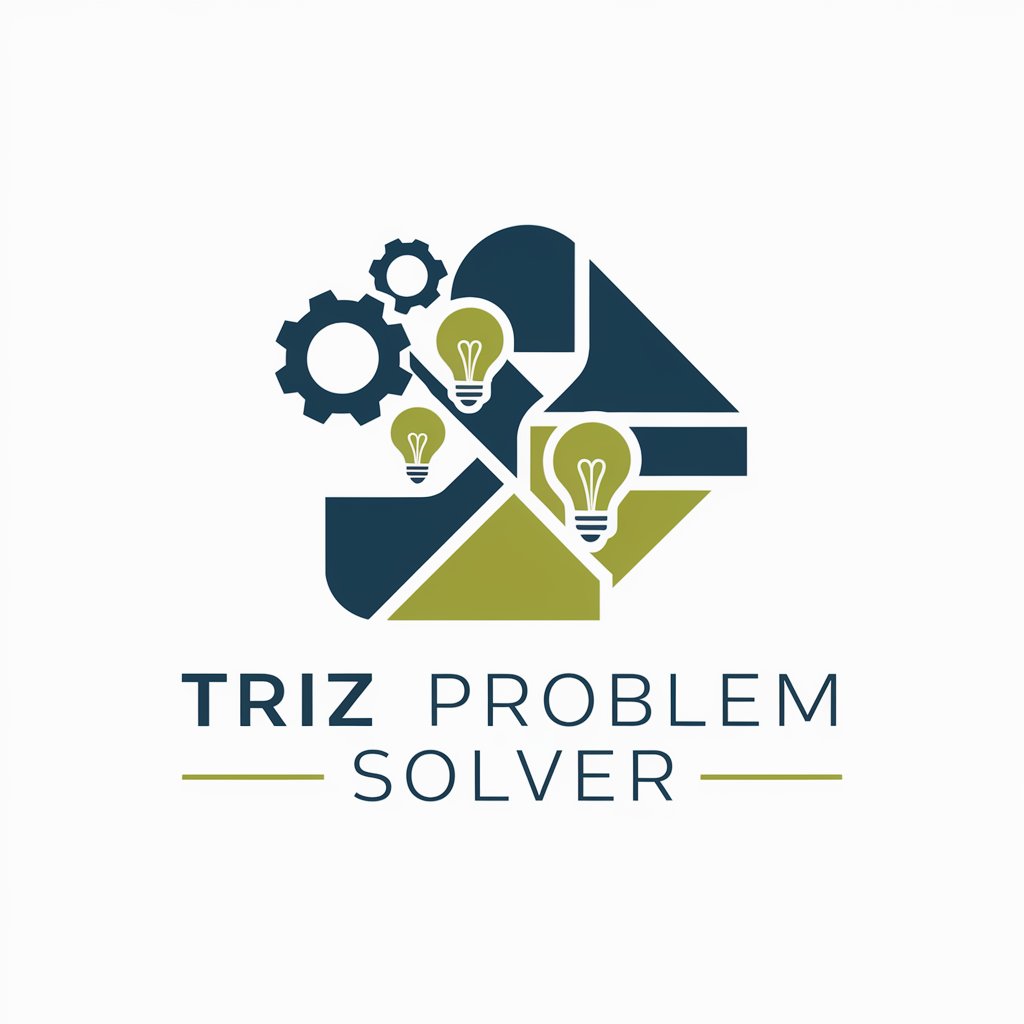
5Why Log
Uncover deeper insights with AI-powered analysis.
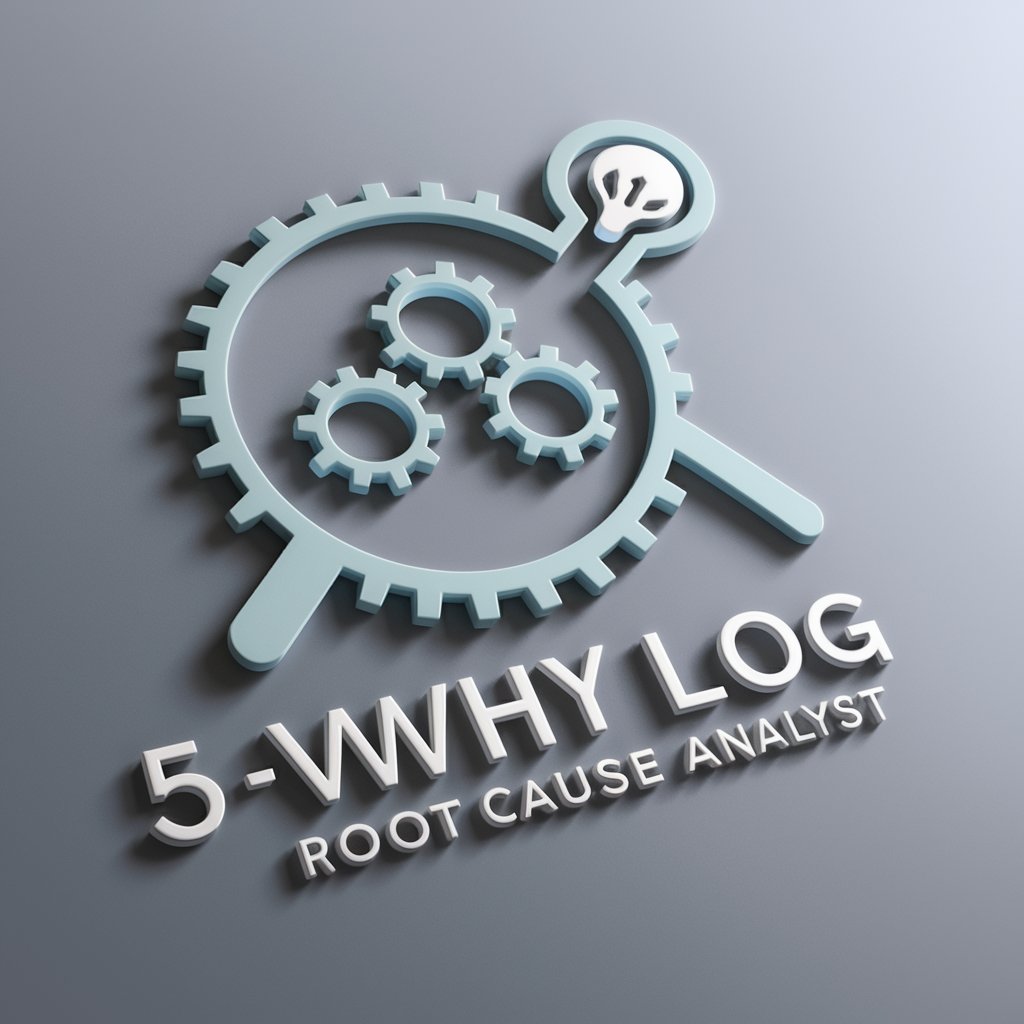
E-Commerce Business Expert
Your AI-powered shopping assistant for the best deals.

The Entrepreneur
Empowering your business journey with AI

Personal Productivity Analyst
AI-powered Personal Productivity Enhancement

Frequently Asked Questions About Ishikawa Fishbone Solution
What is Ishikawa Fishbone Solution?
The Ishikawa Fishbone Solution is an AI-powered tool designed to facilitate root cause analysis by visually mapping out all potential causes of a problem in a structured, fishbone-like diagram.
Who can benefit from using this tool?
Professionals in quality management, project managers, educators, and students can leverage this tool to uncover underlying issues in processes, academic research, or any scenario requiring problem-solving.
Can Ishikawa Fishbone Solution integrate with other tools?
While primarily a standalone tool, users can complement their analysis with other project management or documentation tools by exporting the findings for further review or integration.
How does the AI feature enhance the Ishikawa Fishbone Solution?
The AI component assists in categorizing causes, suggesting potential underlying issues based on the problem description, and even offering recommendations for addressing these root causes, making the analysis more comprehensive and insightful.
Are there any prerequisites for using this tool effectively?
A clear understanding of the problem at hand and basic knowledge of the Ishikawa diagram methodology are beneficial. However, the tool is designed to be intuitive for users at all levels of expertise.
